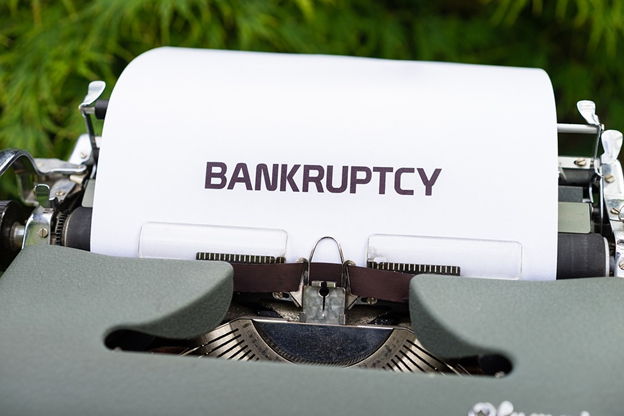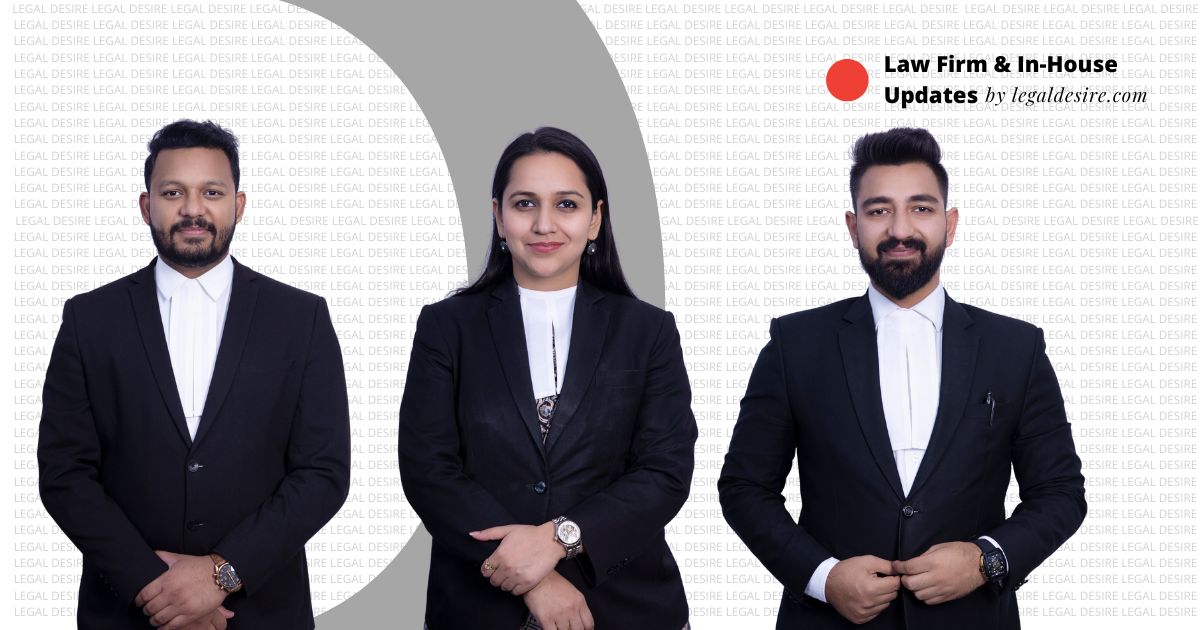Now Reading: Is It Better to File a Chapter 7 or 13 Bankruptcy?
-
01
Is It Better to File a Chapter 7 or 13 Bankruptcy?

Is It Better to File a Chapter 7 or 13 Bankruptcy?
Bankruptcy is often considered the final option for borrowers seeking financial relief when faced with overwhelming debt. However, filing for bankruptcy can be intimidating, and deciding which chapter best fits your situation can be even more daunting.
Knowing when it’s time to file a Chapter 7 or 13 Bankruptcy requires understanding that not only do you need to assess your current financial standing but anticipate what will change in the future as well. Here’s how and why you should consider either of these two options when looking for ultimate assistance on a path towards improving your finances.
Chapter 7 Bankruptcy
Chapter 7 bankruptcy, which releases a large portion of unsecured debt, is the most common form of bankruptcy. Unsecured debt encompasses credit card debt, medical bills, outstanding utility payments, payday loans, and other non-guaranteed commitments. Chapter 7 may also enable you to retain specific assets, such as your home or car, if they are not too valuable and you can manage to make the essential payments.
The primary benefit of Chapter 7 is that it allows for a complete discharge of your unsecured debts which can improve your financial situation most immediately and thoroughly possible. You should consult a bankruptcy attorney in Florida to understand which debts can be discharged.
Before making a decision, it’s essential to consider some drawbacks of Chapter 7.
One crucial factor to determine your eligibility for Chapter 7 is by taking a means test that assesses your present income and other related aspects. As a result, people with greater earnings could not be eligible for the program. Additionally, your credit record will show a Chapter 7 bankruptcy filing for up to seven years making it difficult to access new credit.
Chapter 13 Bankruptcy
Chapter 13 bankruptcy is designed for those who can still afford to pay part of their debts but need additional help in managing them more effectively. This type of bankruptcy requires a payment plan that lasts up to five years, and it allows you to reorganize your debt into one monthly payment that fits into your budget. Chapter 13 can also be used to reduce the debt you owe and may even allow some creditors to be eliminated entirely from your obligation payments.
Chapter 13 bankruptcy offers a significant advantage of allowing you to retain your assets, including your car or home. It also allows you to establish a payment plan with your creditors and pay them back over time while still discharging some debt. The downside of filing for Chapter 13 is that the process can take longer than Chapter 7, plus all debts must be paid back in full or as much as possible within the payment plan. A Chapter 13 filing will also remain on your credit report for up to seven years.
Filing for bankruptcy can be a difficult decision but one that may ultimately be necessary for some individuals. Knowing when it is the time to choose between Chapter 7 and 13 Bankruptcy requires understanding your current financial situation and future potentials to assess which option will be best suited towards improving your finances long-term. Be sure to speak to an expert lawyer before making this choice to get the best and most accurate guidance.










